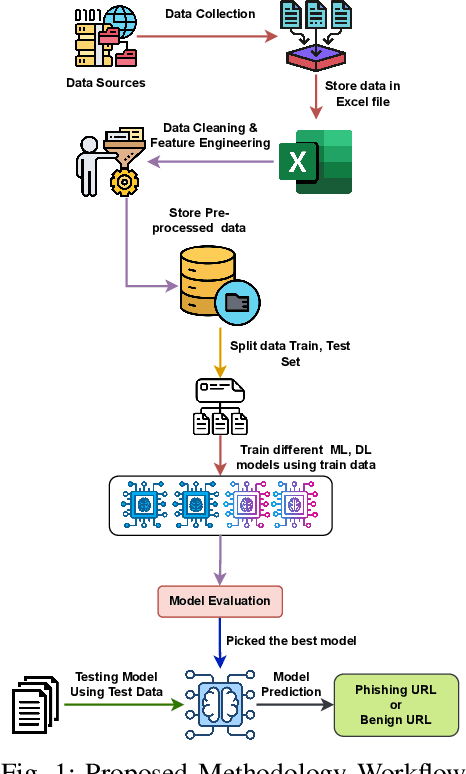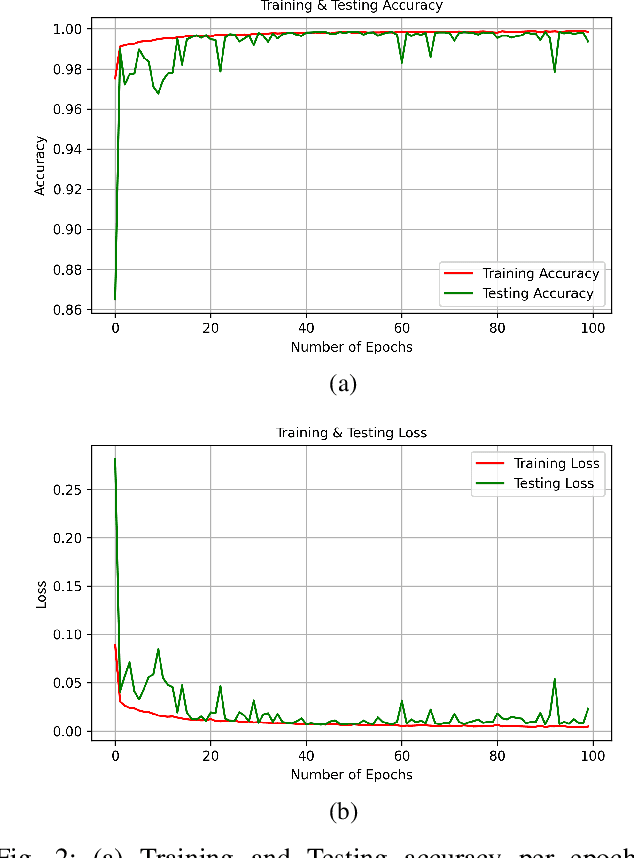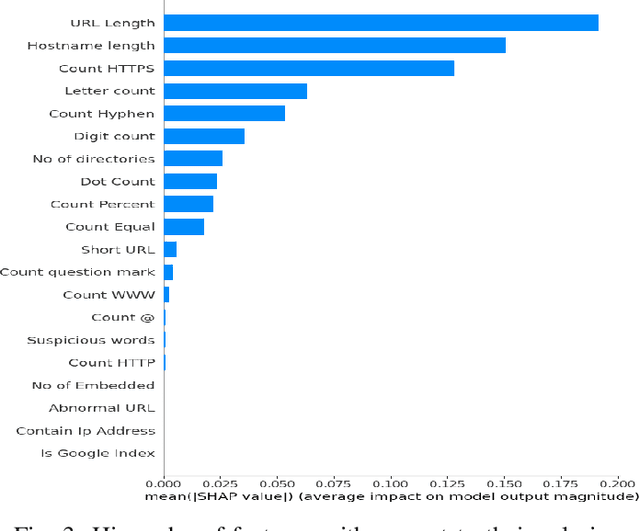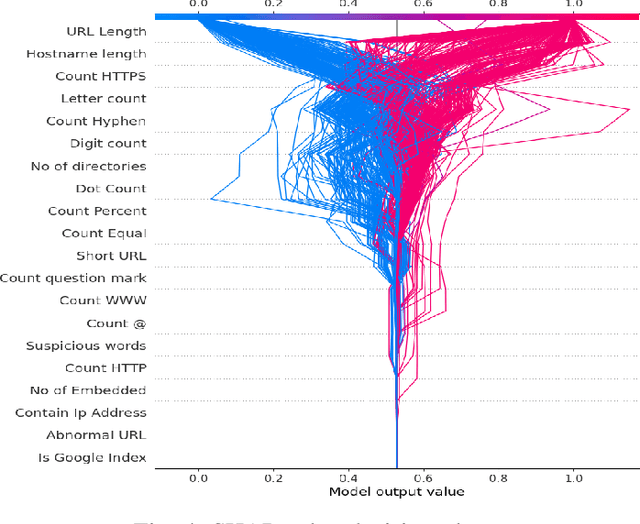Md Mahamodul Islam
Sentiment Polarity Analysis of Bangla Food Reviews Using Machine and Deep Learning Algorithms
May 03, 2024Abstract:The Internet has become an essential tool for people in the modern world. Humans, like all living organisms, have essential requirements for survival. These include access to atmospheric oxygen, potable water, protective shelter, and sustenance. The constant flux of the world is making our existence less complicated. A significant portion of the population utilizes online food ordering services to have meals delivered to their residences. Although there are numerous methods for ordering food, customers sometimes experience disappointment with the food they receive. Our endeavor was to establish a model that could determine if food is of good or poor quality. We compiled an extensive dataset of over 1484 online reviews from prominent food ordering platforms, including Food Panda and HungryNaki. Leveraging the collected data, a rigorous assessment of various deep learning and machine learning techniques was performed to determine the most accurate approach for predicting food quality. Out of all the algorithms evaluated, logistic regression emerged as the most accurate, achieving an impressive 90.91% accuracy. The review offers valuable insights that will guide the user in deciding whether or not to order the food.
PhishGuard: A Convolutional Neural Network Based Model for Detecting Phishing URLs with Explainability Analysis
Apr 27, 2024



Abstract:Cybersecurity is one of the global issues because of the extensive dependence on cyber systems of individuals, industries, and organizations. Among the cyber attacks, phishing is increasing tremendously and affecting the global economy. Therefore, this phenomenon highlights the vital need for enhancing user awareness and robust support at both individual and organizational levels. Phishing URL identification is the best way to address the problem. Various machine learning and deep learning methods have been proposed to automate the detection of phishing URLs. However, these approaches often need more convincing accuracy and rely on datasets consisting of limited samples. Furthermore, these black box intelligent models decision to detect suspicious URLs needs proper explanation to understand the features affecting the output. To address the issues, we propose a 1D Convolutional Neural Network (CNN) and trained the model with extensive features and a substantial amount of data. The proposed model outperforms existing works by attaining an accuracy of 99.85%. Additionally, our explainability analysis highlights certain features that significantly contribute to identifying the phishing URL.
 Add to Chrome
Add to Chrome Add to Firefox
Add to Firefox Add to Edge
Add to Edge